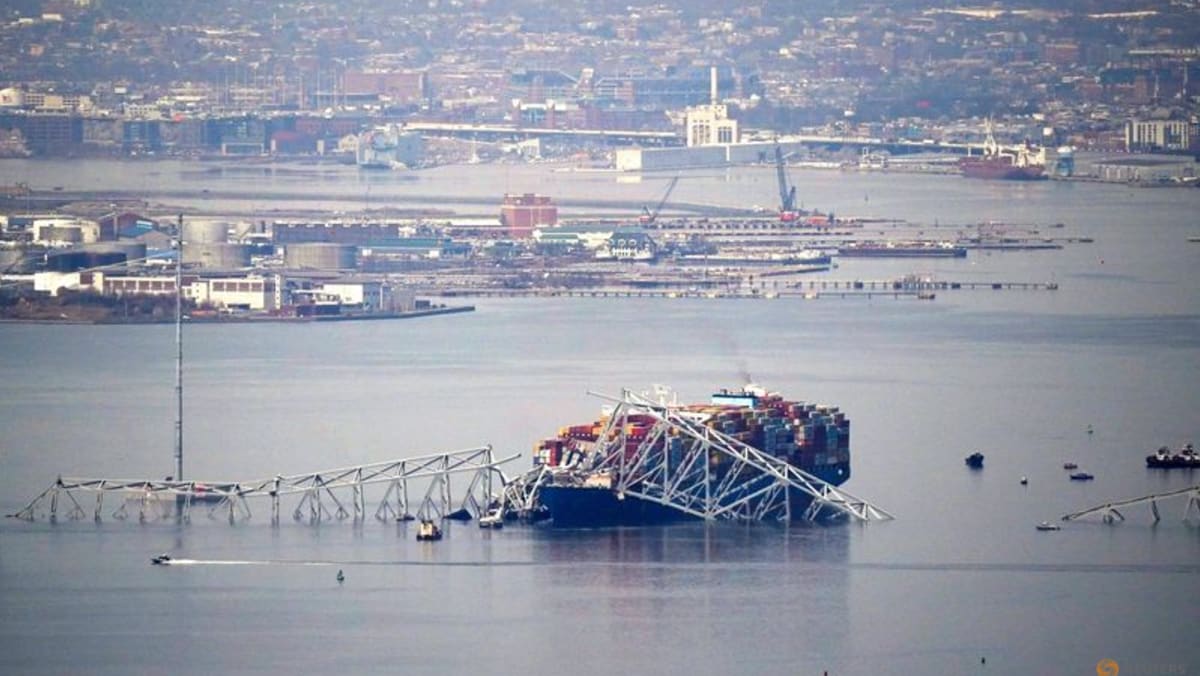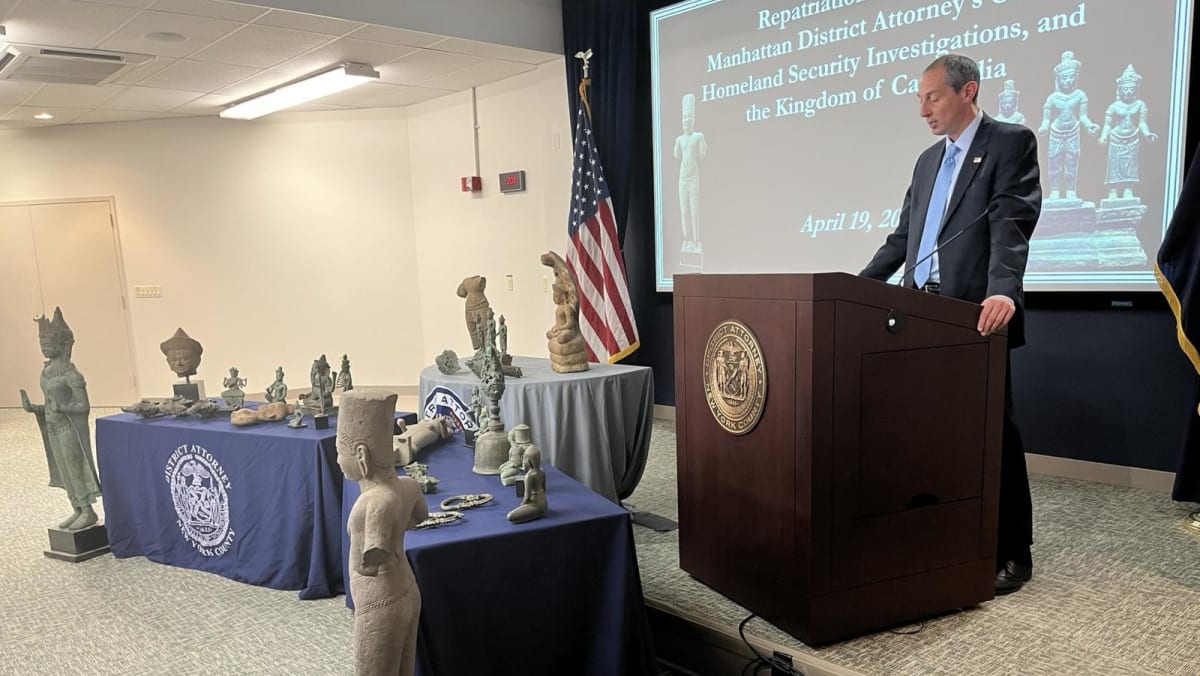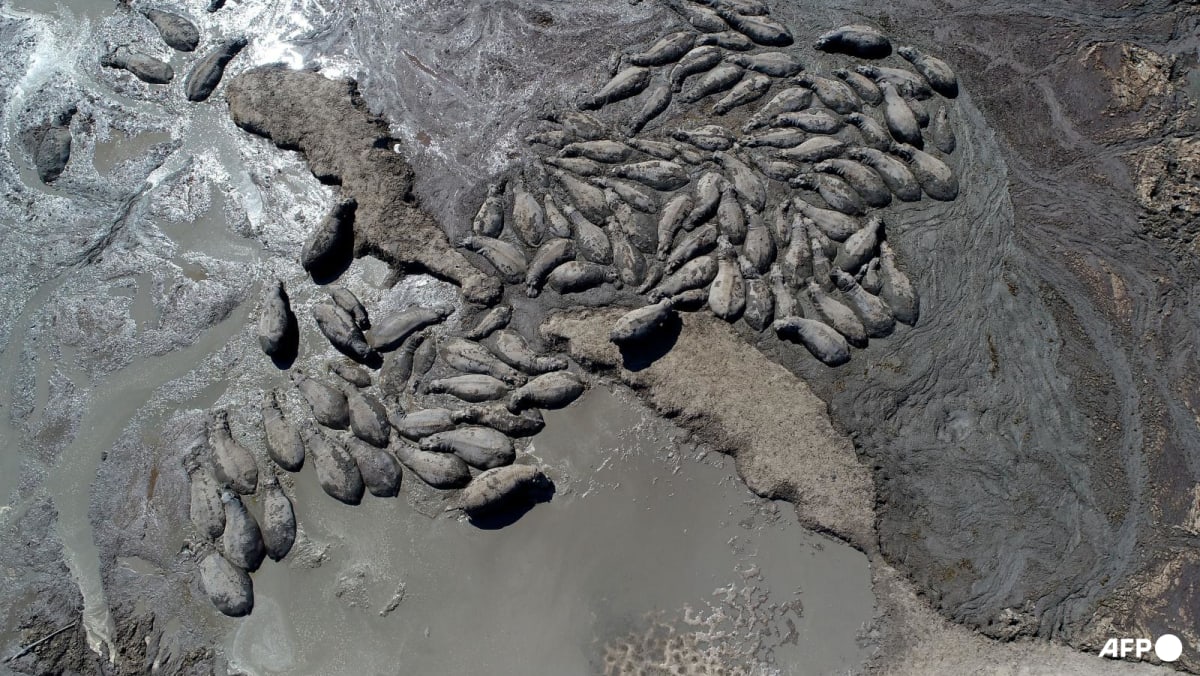“DISRUPT COMMERCIAL ACTIVITIES”
The Port of Baltimore generates around US$3.3 billion in total personal income each year, according to the Maryland State Archives, and brings in almost US$400 million in annual tax revenues.
More than 50 ocean carriers use the port every year, making a total of almost 1,800 trips annually.
Alongside its use as a major port for so-called roll on/roll off container shipping, the Port of Baltimore also serves as a cruise terminal.
Last year, more than 440,000 individuals cruised out of the port – the most since 2012, according to the Governor’s office.
The extended closure of the Francis Scott Key Bridge “will inevitably disrupt commercial activities and supply chains,” the Maryland Chamber of Commerce said in a statement.
“INADEQUATE” PROTECTION
Major bridges over shipping lanes like this one are supposed to be designed in such a way as to minimise damage in the event of a collision, according to bridge designer Robert Benaim.
“Clearly the protection of the piers in this instance was inadequate,” he said.
Toby Mottram, a structural engineering professor at the University of Warwick, voiced a similar view.
“It’s evident that the pier couldn’t withstand the impact energy, leading to its failure and subsequent collapse of the steel truss and reinforced concrete deck superstructure,” he said.
“The extent of the damage to the bridge superstructure appears disproportionate to the cause, a matter for future investigation,” he added.
“A pier or column of a bridge could never resist the impact of a large ship. They must be protected from collision,” he added.













